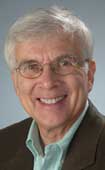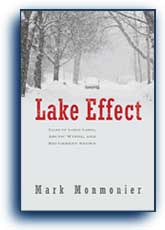Empowering Learners With Personalized Microcredentials, Stackable Badges
The University is enhancing its commitment to lifelong learning with digital badges, a tool that recognizes and authenticates the completion of microcredentials. The badges aim to support learners in their professional and personal development by showcasing achievements in short, focused…

 Central New Yorkers all have their winter war stories.
Central New Yorkers all have their winter war stories. However deep those major debilitating snow memories may be ingrained in our consciousness, Monmonier says the real impact of our regional snowfall is less harrowing and more nuisance.
However deep those major debilitating snow memories may be ingrained in our consciousness, Monmonier says the real impact of our regional snowfall is less harrowing and more nuisance.